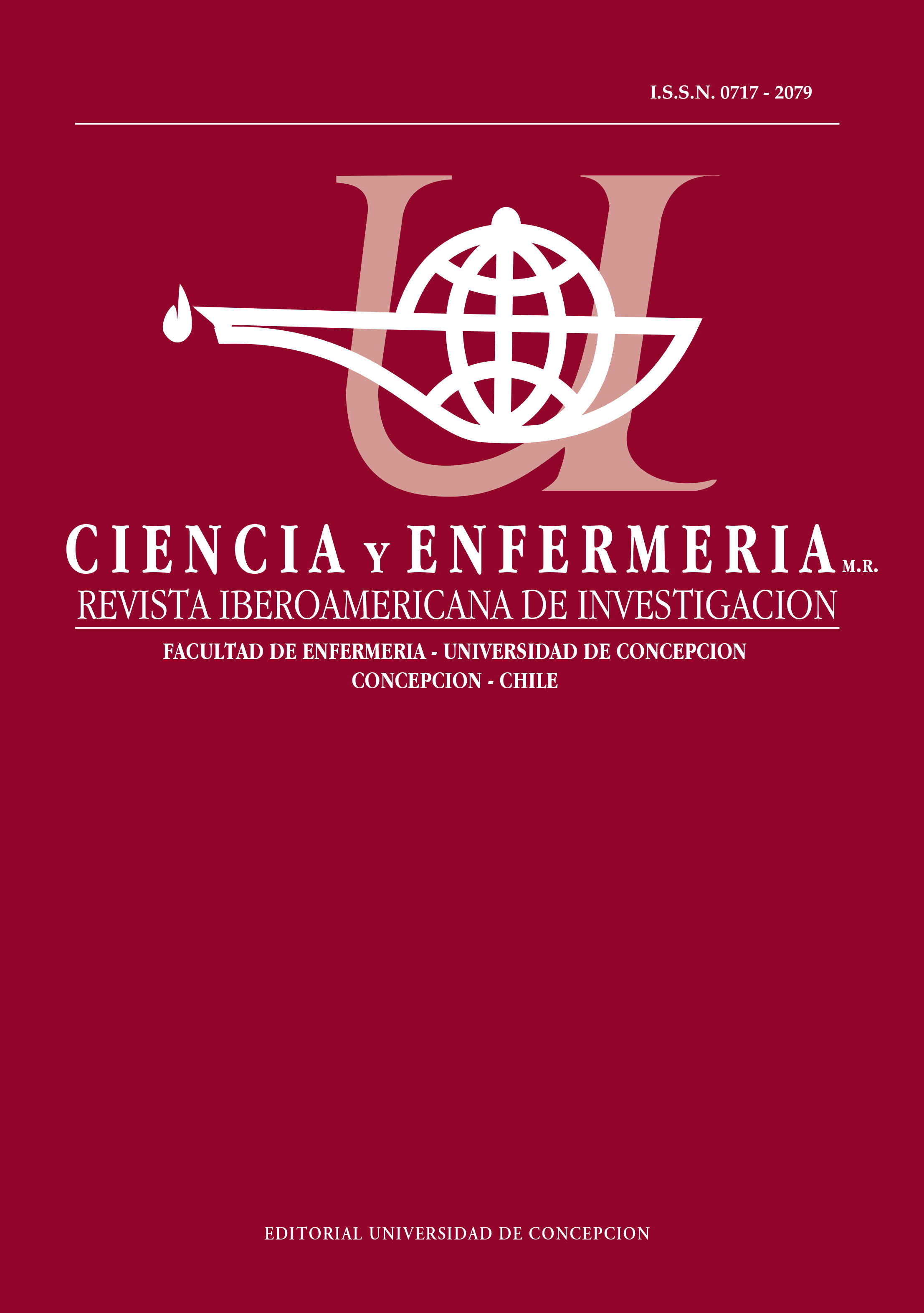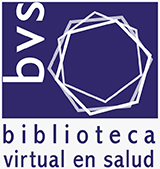ASSOCIATION OF CHROMOGRANIN A WITH ANXIETY AND STRESS IN NURSING PROFESSIONALS
DOI:
https://doi.org/10.29393/CE29-21ACSM80021Keywords:
Psychological Stress, Anxiety, Biomarker, Mental disorders, Nursing, Chromogranin AAbstract
Objective: To evaluate the association of Chromogranin A concentration with anxiety and stress in nursing
professionals and the association of anxiety and stress with sociodemographic, epidemiological, and occupational factors. Materials and Methods: Cross-sectional study carried out with 210 nursing professionals from a hospital in the southeast of the state of Minas Gerais, Brazil, between 2018 and 2019, by completing a characterization
questionnaire, the Beck Anxiety Inventory and the Lipp’s Stress Symptoms Inventory for Adults, as well as the collection of saliva from the participants to verify the concentration of Chromogranin A. Data were analyzed descriptively and inferentially, with a significance level of 5%. Results: Most of the professionals had stress
(58.1%) and anxiety (51.9%). Factors such as age group, number of children, time working in the institution, workload, lack of physical activity, use of medication and having other jobs, increased the likelihood of these workers experiencing higher levels of anxiety and stress (P< 0.001). Chromogranin A showed greater changes among the nursing professionals working the evening shift. A relationship was observed between the group that presented stress and anxiety with Chromogranin A, during the night shift, as well as the group that presented only anxiety during the morning shift (P< 0.05). Conclusion: Nursing professionals showed levels of anxiety and stress that were associated with changes in CgA at certain times, demonstrating that this protein may be a possible biomarker of anxiety and stress.
Downloads
Published
How to Cite
Issue
Section
Copyright (c) 2023 Sérgio Valverde Marques-Dos-Santos, Luiz Almeida-Da-Silva, Fábio De-Souza-Terra, Agostinho Gonçalves-Viana, Adriele Vieira De Souza, Foued Salmen-Espindola, Renata Roland-Teixeira, Maria Lucia Do-Carmo-Cruz-Robazzi

This work is licensed under a Creative Commons Attribution 4.0 International License.













